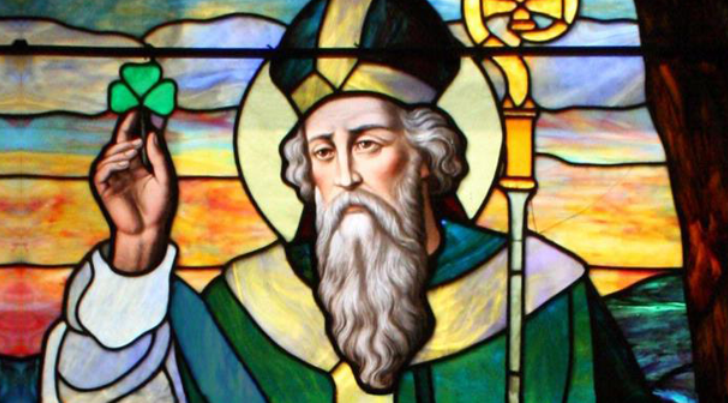Anybody watching St Patrick’s Day festivities with a thoughtful eye last weekend must have wondered what exactly was being celebrated. Was it Irishness? Maybe so, but that’s missing the point of the day in spectacular fashion: St Patrick’s Day is, after all, a celebration of the gift that Patrick and other missionaries brought to Ireland, and that Ireland subsequently shared with the world. It’s not – until recently at any rate – been a celebration of Ireland simply as Ireland.
Of course, there’s a sense in which St Patrick’s Day has simply been hollowed out by the forces of secularism, capitalism and naked hedonism, in the same way as Christmas, Easter and Hallowe’en have been, but the irony of that this year has been spectacular.
As Fr Seán Connolly writes in ‘On the Evangelisation and Re-Evangelisation of Ireland’ at catholicworldreport.com: “But this St. Patrick’s Day is not like the others. It is the first since last spring’s referendum, in which 66.4% of the Irish population voted to legalise abortion, leaving us to wonder, have the snakes returned to Ireland? This appalling result epitomises the rapid decline of the Church in a land Pope St Paul VI once called ‘the most Catholic country in the world’ and Pope Saint John Paul II once lauded as ‘semper fidelis’ – always faithful.”
Are we left, he asks, with the sad conclusion that the work of the Apostle of Ireland has been undone?
Rebuilding
In many ways, he says, the answer is simply ‘Yes’. Acknowledging that the Church’s failings in the child sexual abuse crisis have played no small part in this, he equally concedes that there is still Faith in Ireland, and that there are still more practicing Catholics in Ireland than in most western European countries.
Any rebuilding, he speculates, will depend on the pro-life movement and on monasticism and devotion to the Blessed Sacrament, while over at aleteia.org, Fr Michael Rennier speculates that going backwards may be the best way of going forward for the western Church at large.
In ‘Why the “Patrick Option” may be the best way to live as a Christian today’, Fr Rennier ventures that Ireland’s monastic and missionary history may be the variant of the oft-discussed Benedict Option that offers most today.
While Fr Rennier’s argument sometimes slips into suggesting that promoting the Faith is a means to promoting civilisation in a wider sense – something Pope Benedict in an impressive September 2008 speech emphatically stressed St Benedict had never done – Fr Rennier is surely on to something with his argument that the conversion of pagan Ireland offers lessons for today.
Noting that “the life of Patrick is far more inspiring than your local St Paddy’s parade would lead you to believe”, he says the key to Patrick’s success was his ability to interact with the non-Christian native culture.
“It seems to me that many Christians are beginning to feel like aliens in a strange land, that we are inhabiting an increasingly non-Christian culture. So perhaps the Patrick Option is the medicine we need for modern times,” he says, noting that in his Confession, a document written late in his life Patrick makes clear that he never separated himself from the people, considered the chance to interact with a foreign culture to be a blessing, remained faithful to his identity and beliefs, and never wrote anyone off.
“Ultimately, what made St Patrick so influential was his combination of having a clear sense of his mission and values, his willingness to share that with a hostile culture, and his commitment to interacting with that culture in an authentic way,” Fr Rennier writes. “We are in much the same position that he was.”
***
Speaking of Patrick, it would be remiss to sign off this week without a nod to Haley Stewart’s remarkable churchlife.nd.edu piece, ‘A knight in St Patrick’s Purgatory’. It’s an extraordinary article, based on a thesis that helped draw her into the Church, exploring a 12th-Century French poem about Lough Derg. Unmissable.


 Greg Daly
Greg Daly

